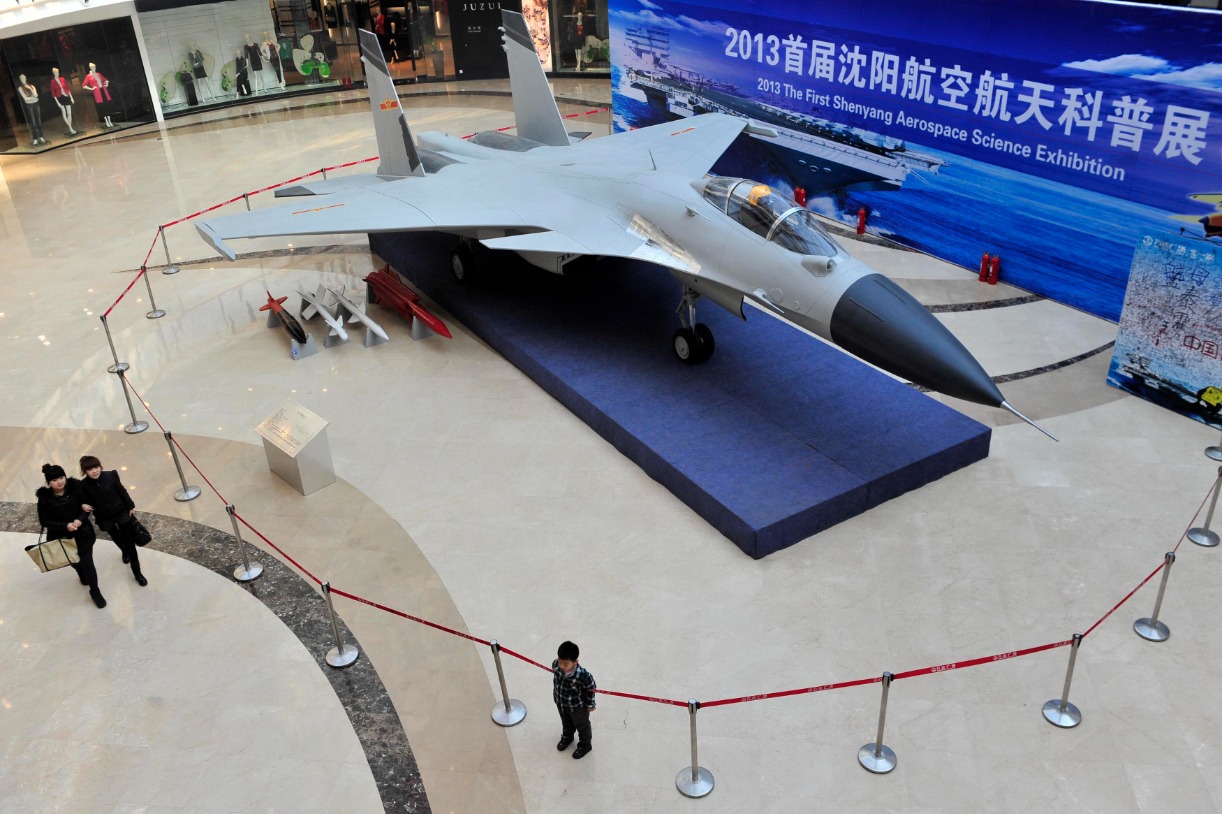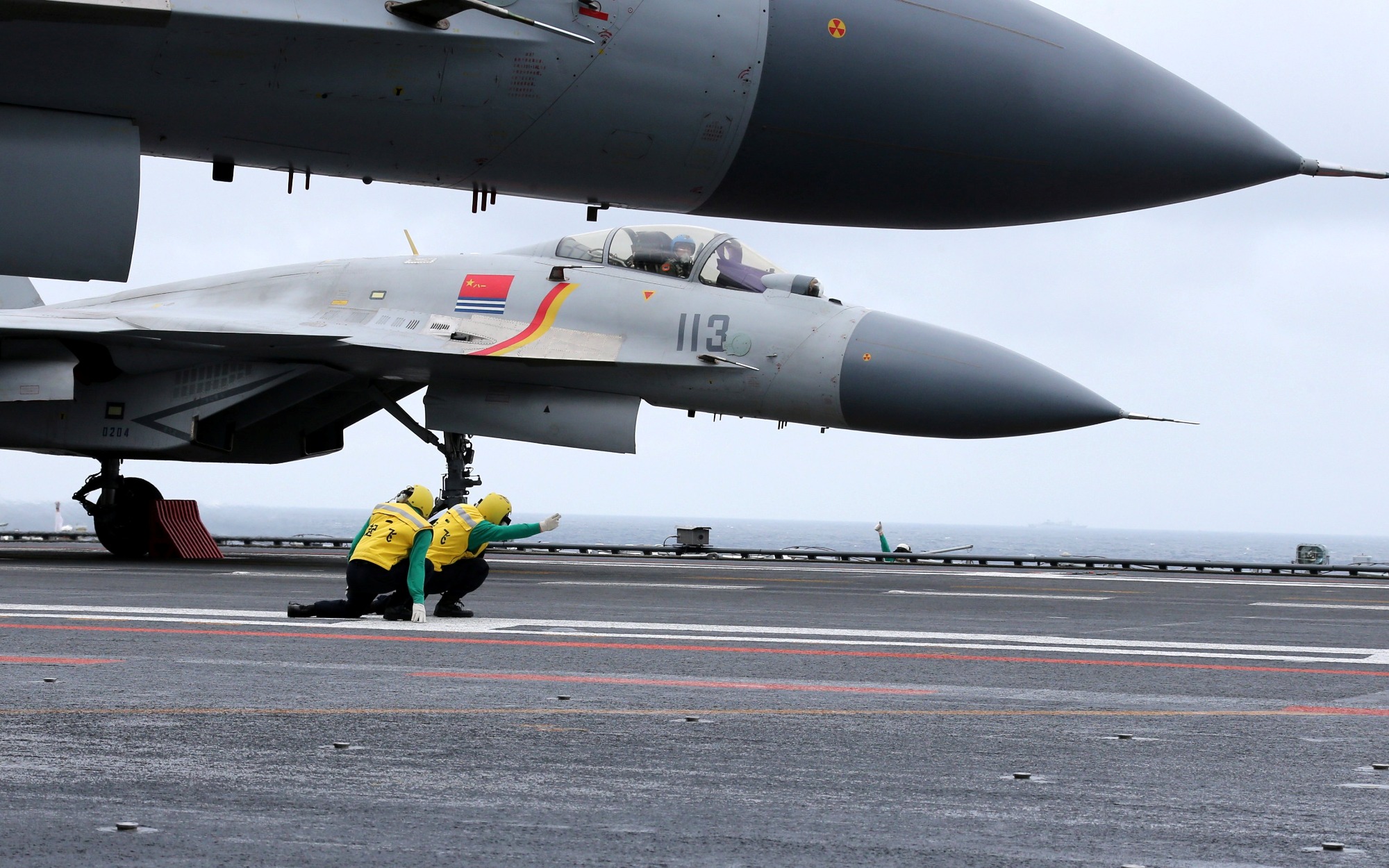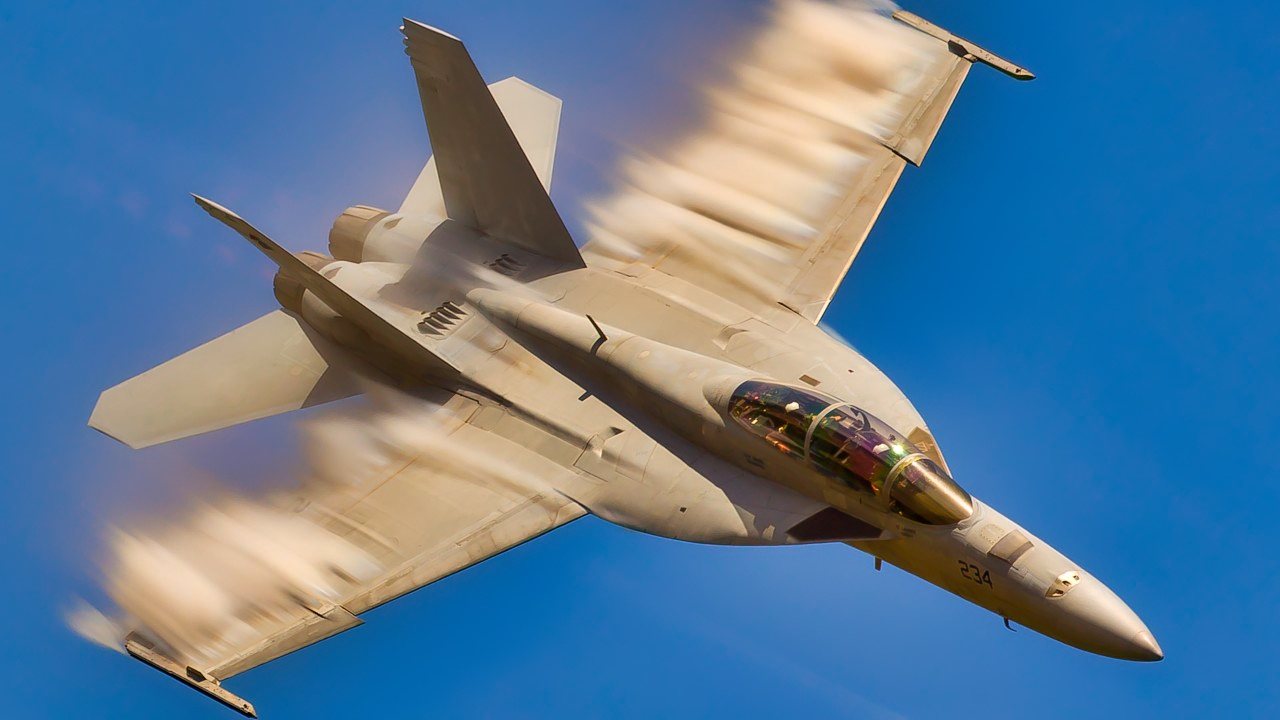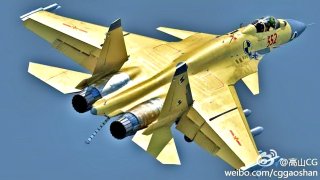The J-15 Flying Shark Fighter Is Just What China's Aircraft Carriers Need
The J-15 "Flying Shark" is a carrier-based multirole fighter developed by China's Shenyang Aircraft Corporation, based on the Russian Su-33 "Flanker-D" design.
Summary: The J-15 "Flying Shark" is a carrier-based multirole fighter developed by China's Shenyang Aircraft Corporation, based on the Russian Su-33 "Flanker-D" design.

-Featuring significant modifications to meet the Chinese Navy's needs, the J-15 showcases ongoing cooperation between Russian and Chinese defense industries.
-With impressive specifications, including a top speed of Mach 2.4 and a range of 3,500 km, the J-15 is well-armed with various missiles and a 30 mm cannon.
-China's investment in the J-15 highlights its commitment to expanding aircraft carrier capabilities, aiming to surpass American, Japanese, and British carrier power in the region.
China's J-15 'Flying Shark': A Force to Reckon With in Naval Aviation
The J-15 fighter jet, known as the “Flying Shark,” is a carrier-based multirole fighter developed by China’s Shenyang Aircraft Corporation for the People’s Liberation Army Naval Air Force (PLANAF). It’s a Chinese variant of the Russian-designed Su-33 “Flanker-D,” with some significant modifications to suit the needs of the Chinese Navy.
This is yet another example of how the Russian and Chinese defense industries are doing fine in their cooperation and are, in fact, able to compete with the Americans, who supposedly build better systems (technically, that may be true, but that isn’t what wins wars mass and reliability do).
The J-15 Specifications
The J-15 has a length of 21.9 meters, a height of 5.9 meters, and a wingspan of 14.7 meters. It weighs approximately 17,500 kg when empty and can take off with a maximum weight of 33,000 kg. The aircraft is powered by two Shenyang WS-10 turbofan engines, each providing a thrust of 12,800 kgf.
This gives the J-15 a top speed of Mach 2.4 and a range of 3,500 km with external fuel tanks.
The J-15 is equipped with a wide array of weapons. These include air-to-air missiles, air-to-surface missiles, and precision-guided munitions. The “Flying Shark” can carry up to 12,000 kg of external stores, including short-range PL-8 and PL-12 air-to-air missiles, YJ-83K anti-ship missiles, and various bombs and rockets. The J-15 also features a 30 mm cannon for close-range engagements.
China’s investment in the J-15 is yet another indicator of how serious the People’s Liberation Army Navy (PLAN) is about building out their aircraft carrier capability. Currently, the Chinese possess three carriers with a fourth on the way (and many more planned).
Beijing’s goal is to outpace the American, Japanese, and British carrier capabilities in the region. And they are on track to do so—especially when factoring in the advantages that China’s massive (and growing) anti-access/area-denial (A2/AD) capabilities afford China’s military when squaring off against Western powers.
What the Flying Shark is Meant For
A “Flying Shark” is primarily designed for air superiority and fleet defense missions. The warbird can also perform ground attack and anti-ship operations. The aircraft’s advanced avionics suite includes a phased array radar, an infrared search and track system, and a helmet-mounted display. This allows the J-15 to engage multiple targets simultaneously and operate effectively in all-weather conditions.

When compared to American rivals, the J-15 faces stiff competition.
The closest US counterpart to the J-15 is the F/A-18E/F variant of the Super Hornet. This is America’s major carrier-based multirole fighter. The Super Hornet has a maximum takeoff weight of 29,937 kg and can reach a top speed of Mach 1.8. It is equipped with a 20mm cannon and can carry a variety of air-to-air and air-to-ground weapons.
In terms of avionics, the Super Hornet has a significant advantage over the J-15. The F/A-18’s AN/APG-79 Active Electronically Scanned Array radar is considered one of the most advanced in the world, providing superior detection and tracking capabilities. The Super Hornet also features advanced electronic warfare systems and a Joint Helmet Mounted Cueing System.
The J-15 Flying Shark vs. F/A-18 Super Hornet
Despite these advantages, though, the J-15 “Flying Shark” has some unique features that make it a formidable opponent. Its larger size and greater payload capacity allow it to carry more weapons and fuel, giving it a longer range and greater endurance. The J-15’s WS-10 engines also provide more thrust than the Super Hornet’s GE F414 engines, which could give the J-15 an edge in maneuverability and acceleration if it ever faced an F/A-18E/F in combat.
Then there’s the added complication that the American Super Hornets may never be able to get close enough to China’s carrier-based J-15s in a real war. After all, China’s A2/AD capabilities are meant to knock out US airbases in the region and to keep (or sink) the aircraft carriers from where those F/A-18E/F Super Hornets would launch.
If the US Navy is forced to keep its carriers away from China’s A2/AD weapons, then those Super Hornets will be kept out of their operational range and be unable to fight the J-15—leaving a relatively open field for the J-15s to run roughshod over their neighbors (of course, the Japanese, Vietnamese, South Koreans, and Taiwanese all have systems to challenge the J-15, but there would still be some advantages that the J-15 would enjoy without the presence of American forces).
The J-15 is a capable and versatile fighter that can hold its own against American and allied fighters, such as the Super Hornet. While it may not have the same level of advanced avionics, its larger size, greater payload capacity, and more powerful engines make it a real challenger in as an air-to-air and air-to-ground combatant—even against supposedly superior Western systems.

Bottom line: it’s not the 1990s anymore and America isn’t the global hegemon anymore. China’s rise and the J-15 are embodiments of this troubling reality.
About the Author:
Brandon J. Weichert, a National Interest national security analyst, is a former Congressional staffer and geopolitical analyst who is a contributor at The Washington Times, the Asia Times, and The-Pipeline.
The main image is a Chinese Military release. All other images are Creative Commons.


